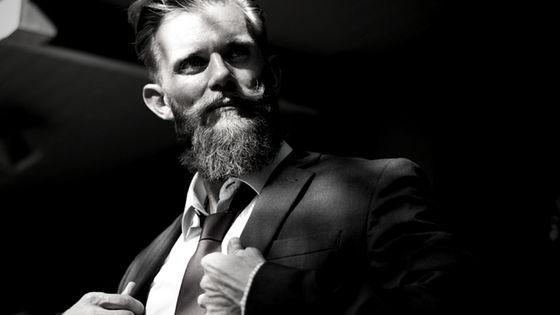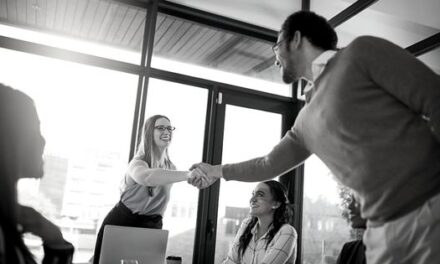I stood on the scales after a few months and had that experience common to many in middle age. The numbers had crept upwards. Yeegads! How did this happen?!

We all know how this happens. We get comfortable with being comfortable. An extra day off training. Another piece of chocolate. Skip that last set at the gym.
At work it happens too. It’s easier to do what we know, repeat what we’ve done, and just do what is required.
Kevin Finneran, in the journal of Issues in Science and Technology, remarks:
When times are good, it’s easy to believe that they will stay that way.
That’s why we are told to put money away for a rainy day. Makes sense. There is natural variability. Things go up, things go down. The tide comes in, the tide goes out. But we tend to forget about the lulls when we are riding the peaks.
There’s also an insidious type of complacency. In his article, Vince Molinaro explains that you could be driven to complacency through a heavy workload edging towards burnout. Or if you lose your passion and work feels more like a chore than a calling. Or if you are facing huge challenges and nothing seems to work. Exhaustion and lack of results can lead to giving in. Complacency creeps in.
Whether we become complacent through comfort or through exhaustion, we can lose courage as a result.
Courage needs exercise, just like the body. The trick is to exercise in a sustainable way. Too much and we get fried. Courage is like that: constant stretching to the edge of of panic can run us into the ground.
So what’s a leader to do if they want to be boundless rather than flatlined by their efforts?
The trick is in designing adventures, big ones and little ones, daily ones and yearly ones, that call us to be more, think more, and do more. Just on the edges of who we might become. That’s where the good stuff is.
When one of my clients has joined the Leader’s Edge Mastermind, she was extremely concerned about walking on the Larapinta Trail. Could she do it? Did she have the stamina? Could she keep up? For the last three months, she has set herself smaller adventures to tackle, to see what is on the edge of her ability. The first hill was the most terrifying. The steepness set her heart pounding. Not knowing how far to go, or how long she would have to contend with the strain, she wobbled. ‘I can’t do this’ crept in. Fear stifled courage. These are the moments when courage might be defeated. On the edge of of discomfort we have two choices: keep exploring or retreat to comfortable. Yet she persisted. She has been steadfastly tackling one hill after another. Her campaign to tackle the Larapinta is well under way. She does not yet know if she can do the walks; she does know that she has the courage to try.
For me, outdoor adventures and leadership hold the same emotional currency: they call us in to a state of disequilibrium and from there we discover new abilities. Whether it is tabling a new idea with your team, or trialing a new performance engagement system, or setting out on a walk in new landscape, the call to adventure cures complacency and builds courage.
Where do you find yourself tempted to fall into comfortable? Do you have places in your life where complacency has crept in? What adventures are you setting for your life and work?






















